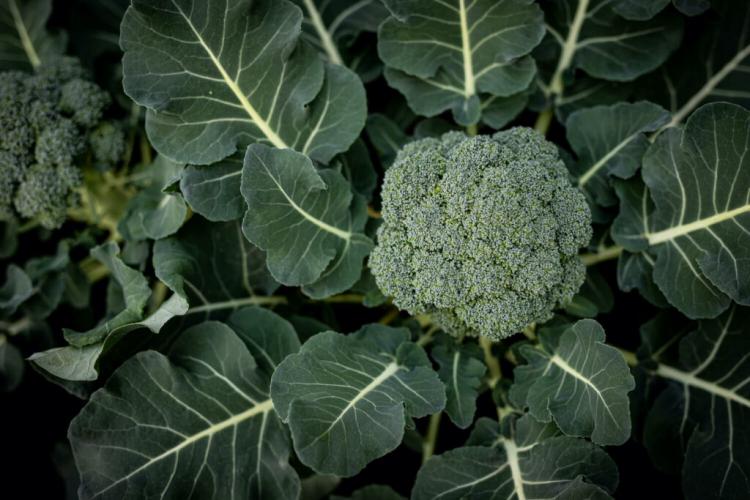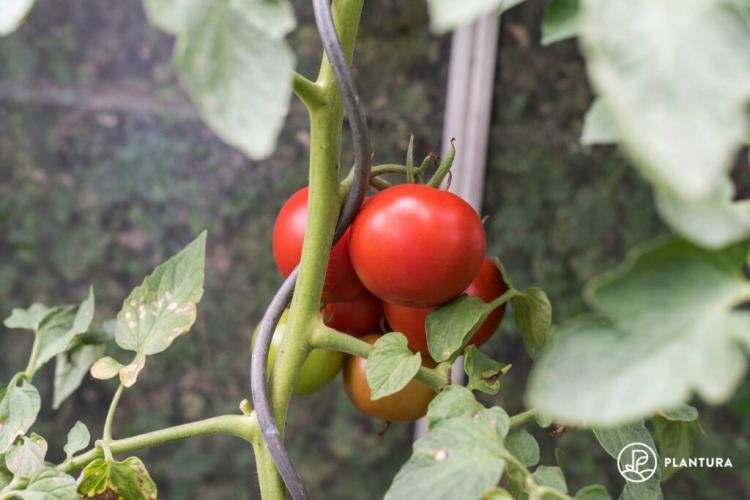Is An Apple a Fruit?
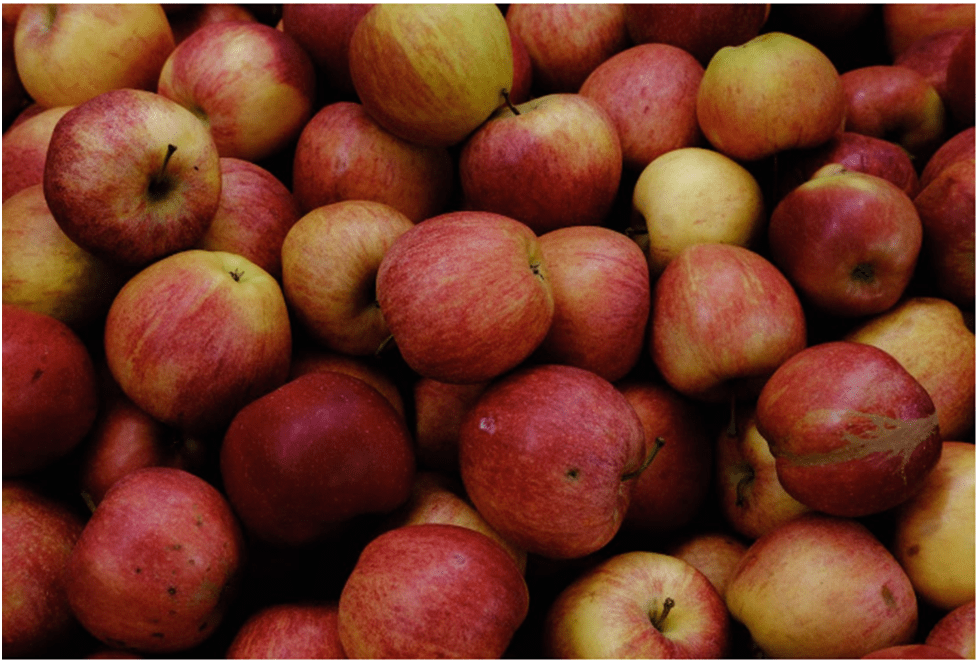
Did you know that apples and their domestication have been around for millennia? From their contribution to the discovery of gravity by Isaac Newton to their utility value in ancient wineries, apples have been a constant feature in households for thousands of years. The age-old question for scientists and nutritionists is, are apples fruits or vegetables?
Read on for a brief dive into the history of apples fruits, where they came from, and how they became a mainstay in modern kitchens.
History of Apples
Table of Contents
Most people are unaware of the fact that apples outdate human existence. According to recent data published by Robert Spengler at the Max Planck Institute for Science of Human History, apples predate humans by thousands of years.
The modern apple is a blend of four wild apple species. It originates from ancient trade routes in the Tien Shen Mountains of Kazakhstan. The theory behind the evolution of this plant is that its large size was an adaptation designed to attract large animals that can spread the seed through longer distances and more efficiently.
Despite the apple being predominantly present in many North American households today, it did not originate in this area. It is a product of the central Asian city of Alma Ata, Kazakhstan. The city name means ‘full of apples’. Paleolithic data traces apple origins as far back as 750,000 years ago, with varieties thriving in England and Asia.
What You Need to Know
Did you know that the U.S. is among the largest consumers of apples in the 21st century? Studies show that the average consumption is around 44 pounds per person. The apple trees grown today are only a fraction of the 14000 distinct species grown today. The apple is also part of the rose family. This is one of the unique features of this fruit, and one most people do not know.
Another fun fact is that apples make up half of the global deciduous tree production. Countries such as Poland, the U.S., China, Italy, and Turkey lead the line in producing fresh apples.
Apples have several nutritional benefits, such as mitigating cancer and preventing other terminal illnesses. Experts also consider apples elixirs in many parts of the world because they slow down aging.
Is an Apple a Fruit?
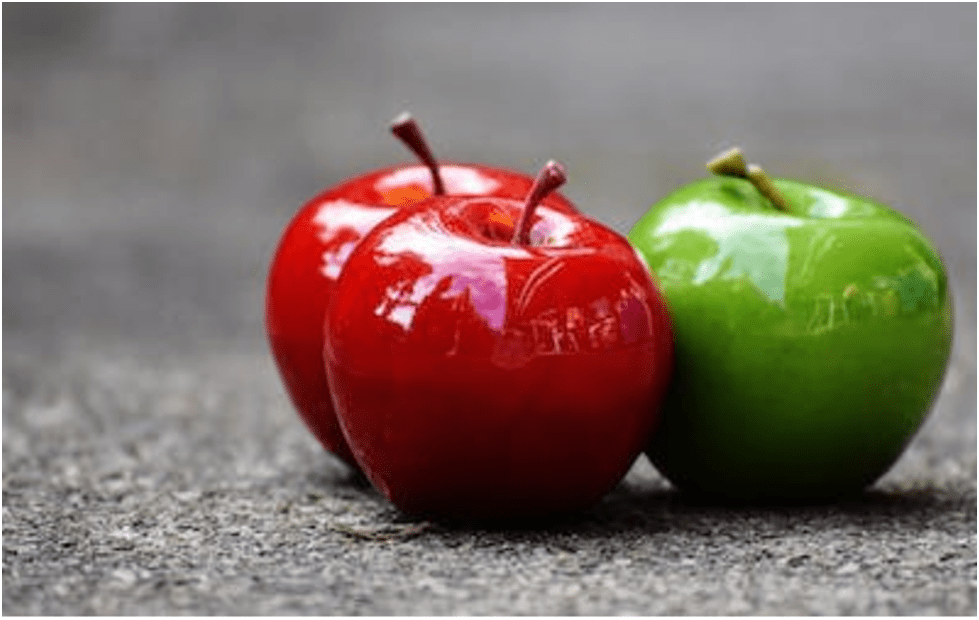
Before beginning the discussion, it is critical to understand what a fruit is and establish whether a domesticated apple ticks all the boxes. Generally, a fruit is the mature ripened ovary of a flower from a botanical point of view.
The process of fruit cultivation involves fertilization of the carpel, which leads to transformations that result in the ripening of a flowering plant. This is the main criterion for distinguishing between a fruit or vegetable. These processes result in the structural layer of the plant becoming the fruit. Fruits generally function by spreading seeds to facilitate reproduction. It is critical to note that a fruit develops from the female part of a flower. All flowering plants produce a type of fruit. Note that it does not have to be edible or sweet to be in this category. The fact that it taste sweet is not relevant from a botanical standpoint.
Fruits have three distinct layers—the outside (exocarp), the middle (mesocarp), and the inside (endocarp). Any plants with these components are not vegetables. All these layers form the pericarp and are edible parts of most fruits. To evaluate the legitimacy of a fruit, a researcher must first establish whether the golden delicious fruit in question has all three layers.
While a majority of actual fruits have seeds, there are some herbaceous plants that are exceptions. Some species of bananas, grapes, and oranges do not have seeds and some have a savory taste. The structural development of these fruits involves a process called parthenocarpy in the culinary definition. This culinary word includes the development of fruits without successful fertilization. The takeaway is as long as a plant satisfies these requirements, it can be labeled a fruit. So is an apple a fruit or a vegetable?
The consensus is that apples are fruits in culinary terminology. The contention is whether there is significant empirical data to support this conclusion. Note that the edible part of mature trees results from thousands of years of selective breeding. This means that, for the most part, this plant is man-made. Botanists use this to label the apple as a false fruit. However, considering the properties of apples and its consumption, the evidence is clear.
Apples are the most widely grown genus of malus domestica species and are the most cultivated worldwide. Apples originate from the pomme of the pine tree, which is a common term for fruit species with similar properties.
The cultivation of apple trees in several parts of the globe is predominantly for sale as fresh fruit. It has many applications, including wine, cider, juice, apple butter, and vinegar production. The primary reason why apples are considered fruits is that most of the processes involved in cultivation are similar to other fruit varieties developed from a plant’s ovary.
The constituent nutrients, such as vitamins A and C, dietary fiber, and carbohydrates, are also notable features in many fruits. These fruits can also be eaten raw. The modern apple was domesticated from a wild variety first discovered in Central Asia 10000 years ago.
This genus of the malus domestica fruit is grown on a small tree and requires a temperate climate to increase yield. Like mangoes, plums, and papayas, the apple is a fleshy fruit. It comes in three broad categories; cooking, eating, and cider production varieties. The sugar content of an apple is the primary reason it is considered an accessory fruit from a culinary point of view.
Apples also have a climacteric property that is unique to most flower parts. This means that even after cultivation, they continue to ripen. They do this by emitting ethylene. These plants are also rich in pectin and quercetin which are responsible for most of their health benefits. These compounds are also available in blueberries and other varieties considered actual fruits.
A cultivated apple forms from the ripened ovary of a flowering plant. Like other fruits, they contain seeds and continue ripening after harvesting. The structural development of a herbaceous plant is a critical component when making a conclusive decision. Culinary experts refer to fruits as sweet-tasting plant parts. They also refer to vegetables as having a savory taste. Many apple varieties have a sweet flavor from a botanical and culinary standpoint.
Distinction Between Vegetables and Fruits
The definition of a vegetable is broad and very non-specific. Unlike fruits, it refers to any plant part used for food. This classification is ambiguous and can include fruits, leaves, and even roots. The problem with this definition is that many foods classified as vegetables are technically fruits.
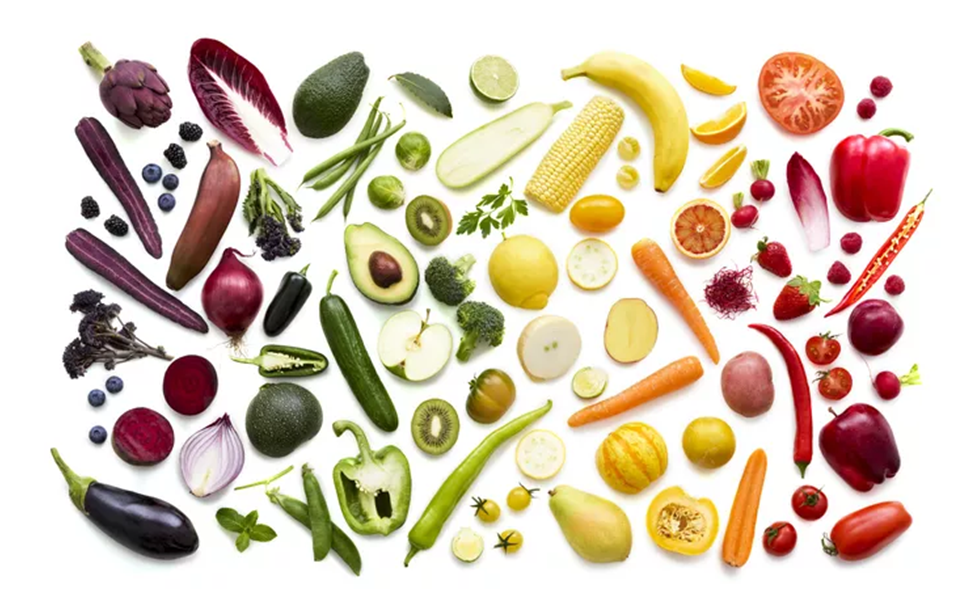
A fruit, however, is more specific. It is a developed ovary of a flower that contains seeds. It is simply a ripened ovary. The taste of a botanical fruit is not relevant to this definition. This makes it easier for botanists to identify the different parts of a plant and effectively label more apple trees.
The primary function of vegetables is nutrition. These plants are primarily grown to eat. This includes anything from kale to edible nuts. The contention is that most fruits produced can be classified as vegetables.
The issue is that most people judge fruits and vegetables based on taste. They ignore the scientific and description-specific distinctions that help differentiate the two food classifications.
This is why classifying tomatoes and some types of berries confuse botanical and culinary circles.Note that taste is not a reliable criterion for classifying fruits and vegetables. The reason is that there are sweet-tasting vegetables and bitter fruits.
Why Apple is Not Actually a Fruit: Is Apple a False Fruit?
Nutrition blogs claim true fruits develop from the mature ovary of a flowering plant. This means that successful fertilization must take place for fruit formation. In some rare cases, fruits form even without fertilization. This is how seedless fruits form. From a culinary perspective, apples are called false fruits. This is because the fertilization process involves more than just the ovary. False fruits develop from other parts of the flower. It is critical to note that modern apples result from thousands of years of interbreeding. This means that the apples you consume today are a hybrid of four apple species. While many people do not understand the implications of these cultivation practices, it does not mean that they are false fruits. Even cooked apples and apple juice are not vegetables.
Apples form from the thalamus of the flower. However, the ovary is actively involved in the development process. Many parthenocarpic fruits such as pineapples, oranges, and tomatoes are developed using this technology. This does not mean that they are false fruits. It is a way to genetically alter some fruit and flower varieties to increase yield. Apples are not false fruits. More detailed information is needed to establish whether it is a fruit or vegetable.
Is Every Apple a Fruit?
There are over 8000 varieties of this fruit, the largest in the fruit kingdom. They are the most widely grown tree fruit. Similar to mangoes and avocados, a domesticated apple has a lengthy period of dormancy before harvesting. It can take five years to get your first harvest. Like most deciduous fruits, an apple tree can last as long as a century. Modern experts classify apples as fruits.
Health Benefits of Apples
Did you know that one apple can have as many as 80 calories? An apple has several health benefits. The phrase ‘an apple a day keeps the doctor away’ was coined based on the nutritional value of this popular fruit. Some of the known benefits include;
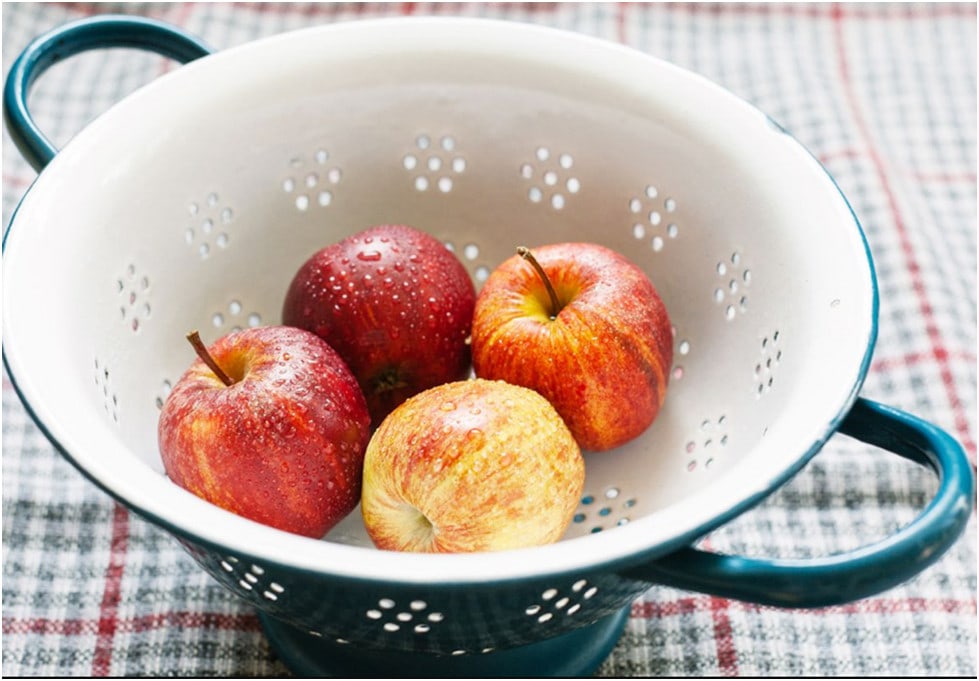
Weight loss
The high fiber content in apples makes them an ideal weight loss solution. It results in reduced calorie intake and promotes long-term holistic health. Adding apples to your diet can help you lose up to three pounds daily.
Blood Sugar
Apples help reduce the risk of diabetes by lowering your blood sugar levels. Antioxidants in this fruit slow down your metabolism and decrease sugar absorption in the bloodstream. It reduces the risk of type 2 diabetes by as much as 28%
Cholesterol
A study by Healthline found that apples reduced cholesterol levels by 48%. This was achieved by mitigating plaque buildup inside the arteries. Consuming 54 grams a day also reduces the risk of cardiovascular complications. The risk of developing heart disease decreased significantly.
Cancer
Daily apple consumption reduces the risk of colon and lung cancer by 30%. Common conditions such as breast and colorectal cancer are also reduced by 20%.
Apple Nutritional Value
Fruits are a crucial part of healthy living. The vitamins they provide help to balance your diet and ensure your body gets the nutrients it needs. Apples contain proteins, carbohydrates, water and fiber. Is an apple a fruit? Can it be eaten raw? What qualities does it have?
One apple contains 86% water, 10.4 grams of sugar, and 2.4 grams of fiber. It also has essential fats and around 52 calories. Very few fruits have this type of nutritional value. It is why apples are the most popular fruits on the planet.
The high fiber content causes fullness and lowers blood sugar levels. It makes you eat less and improves digestive processes. Vitamins and minerals improve gut health and promote heart function. When consumed in high doses, the antioxidant qualities of ascorbic acid make it an essential dietary supplement from a botanical point of view.
Essential Plant Compounds
Quercetin
The most notable compound in apples is Quercetin. It has several functions, such as cell stabilization, anti-inflammatory, and antihistamine properties. These properties help to improve brain function and protect against heart disease and cancer. It also makes the body resistant to allergies, asthma, fever, and hives.Consumed fruits use Quercetin to reduce the damaging effects of harmful cholesterol and mitigates the risk of hypertension.
Chlorogenic acid
Chlorogenic acid is another active ingredient in apples that prevents the onset of many chronic diseases. Its anti-obesity and anti-carcinogenic properties make it a crucial dietary supplement for people struggling with high cholesterol.Chlorogenic acid also prevents type 2 diabetes and is a common ingredient in coffee. Medical practitioners have also used it to treat or prevent various diseases. Contrary to popular belief, you can not develop an apple allergy from eating too many accessory fruits with a culinary meaning.
Catechin
Catechin primarily functions as a natural antioxidant. This compound prevents lung, prostate, stomach, and liver cancer. It also improves brain muscle function and facilitates weight loss. The anti-inflammatory properties give apples an anti-tumor effect that battles and prevents the growth of cancer cells.
Every part of the apple contains several antioxidant plant compounds. Apples consumed with peels have more nutritional value. The peel contains over six times the amount of cancer-inhibiting cells in the flesh.The phytochemicals in this fruit inhibit intestinal tumor formation and prevent carcinogenesis. This information emphasizes the importance of apples as a dietary supplement.
Takeaway: Is an Apple a Fruit?
Based on the culinary and botanical analysis above, it is clear that the apple is a fruit. Its developmental and cultivation processes show that it falls under this classification. It has all three layers (endocarp, mesocarp, exocarp) and the nutritional plant compounds found in most fruits. Apples have been around for longer than humans. Despite their evolution over the years, they still maintain their properties as fruits. Apples develop from a soft stem, have many health benefits and blossom in late autumn like many other species. They also have a distinctively sweet taste.These red delicious fruits should definitely be in your diet.
You Might Also Like:
